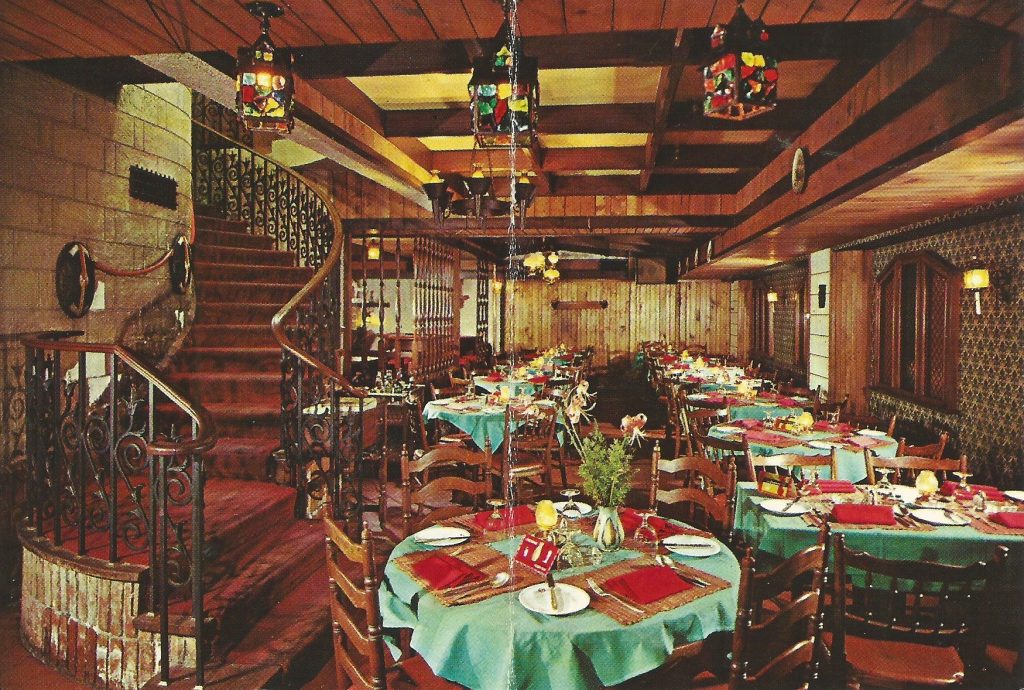I got an e-mail advertising children’s books. Normally I just immediately delete these things, but since we have grandkids and there were pictures of the books — I scanned through it. One that caught my eye was about a young girl named Sybil Ludinggton, that was kind of a patriot. I didn’t order the book, but I did some extensive research about Sybil…..
Just about everyone is familiar with the story of Paul Revere, who rode from Boston to Lexington on April 18, 1775 to warn his fellow revolutionaries that the British were coming. Well, a couple of years later a 16 year-old girl named Sybil Ludington did pretty much the same thing.
On the night of April 26, 1777, an exhausted messenger arrived at Fredericksburg, New York. (Fredericksburg is now known as Kent.) The messenger had arrived from Danbury, Connecticut, with a message for Sybil’s father that the town had fallen to the British. Danbury is located about 25 miles south of Fredericksburg and served as a major supply depot for Washington’s Continental Army. The British had not only seized the town, they had set fire to homes and storehouses.
The messenger came to Fredericksburg to tell Henry Ludington, a colonel in the local militia, that he must rally his troops immediately. That evening, most of Ludington’s men were at home on their farms tending to the spring plowing. There was no way he could alert them himself — he had to stay put in order to organize the soldiers as they assembled, and the messenger from Danbury was far too tired to travel any farther.
That’s when Sybil, Henry’s eldest daughter, volunteered to carry the message to the scattered revolutionaries. Given few options, her father finally consented. Sybil was an accomplished rider, knew how to shoot, and often watched her father drill the militia. She and her sister Rebecca had guarded the family home in the past when her father was asleep or away.
So Sybil was ready to do her patriotic duty. According to the story, she galloped over rain-sodden trails, through dense forrest and over pitted rock-studded roads during a thunderstorm. She cried out “Muster at Ludington’s,” stopping at the farmhouses of the men in her father’s regiment. By dawn, Sybil had traveled more than 40 miles, and most of the 400 American soldiers under Henry’s command were ready to march against the British forces.
Although she’s not as famous as Paul Revere, Sybil’s bravery hasn’t been forgotten. She was commemorated with a bicentennial stamp by the Post Office in 1976, and the state of New York erected a monument to mark her route. It turns out that the book cover that caught my eye isn’t the only children’s book about Sybil.
My extensive research even found a poem about Sybil, some of which reads:
Listen, my children, and you shall hear
Of a lovely, feminine Paul revere
Who rode an equally famous ride
Through a different part of the countryside,
Where Sybil Ludington’s name recalls
A ride as daring as that of Paul’s ……
Harry Truman once said, “America was not built on fear, America was built on courage, on imagination and an unbeatable determination to do the job at hand.” I think Sybil and Harry would have gotten along well.
— 30 —

